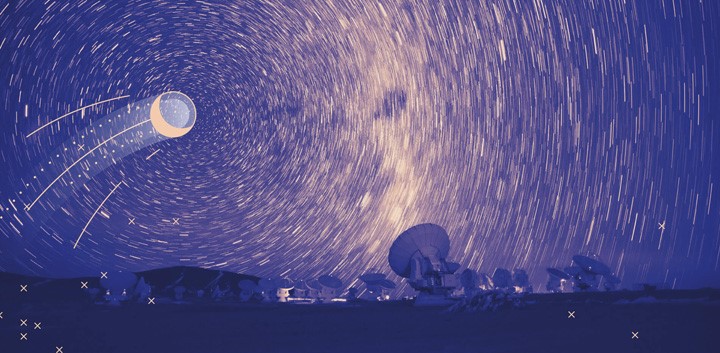Big Ideas in Astronomy: A Proposed Definition of Astronomy Literacy

The Institute of Astrophysics and Space Sciences (IA), an R&D unit funded by FCT, is leading an initiative together with the Leiden Observatory at Leiden University in the Netherlands to promote global understanding of astronomy. The project is called Great Ideas in Astronomy and consists of a small book that summarizes what everyone should know about the Universe and our place in it, which has also given rise to a website, which is now in multiple languages and accessible anytime, anywhere.
"Big Ideas in Astronomy: A Proposal for Defining Astronomy Literacy" is the culmination of years of debate and discussion on the essential topics that an astronomy-literate person anywhere in the world should know. It is structured like other international scientific literacy projects, with eleven key ideas that fill just over 70 pages of a small book, as well as a website.
Each big idea acts as an entry point to fascinating concepts known since antiquity or just a few decades ago, covering historical, theoretical and observational aspects of astronomy. It is now an online reference in languages such as Arabic, Bengali, Portuguese, Haitian French or Japanese, and more languages are on the way.
After two years of contributions from the global community of scientists, educators and communicators, the Great Ideas in Astronomy document has been delivered to the International Astronomical Union's (IAU) Office for Astronomy Education (OAE), whose mission is to support professional astronomers and astronomy educators worldwide in bringing the fascination of astronomy to schools.
Under this mission, the OAE will continue the implementation and guarantee the next steps of the Big Ideas in Astronomy, which are: conducting empirical studies on the Big Ideas, fostering the development of school curricula aligned with them, promoting the production of educational resources and materials for teacher training, and preparing strategic reports for curriculum development.
Photo credits: Aneta Margraf-Druc/Big Ideas in Astronomy